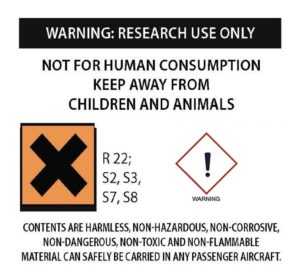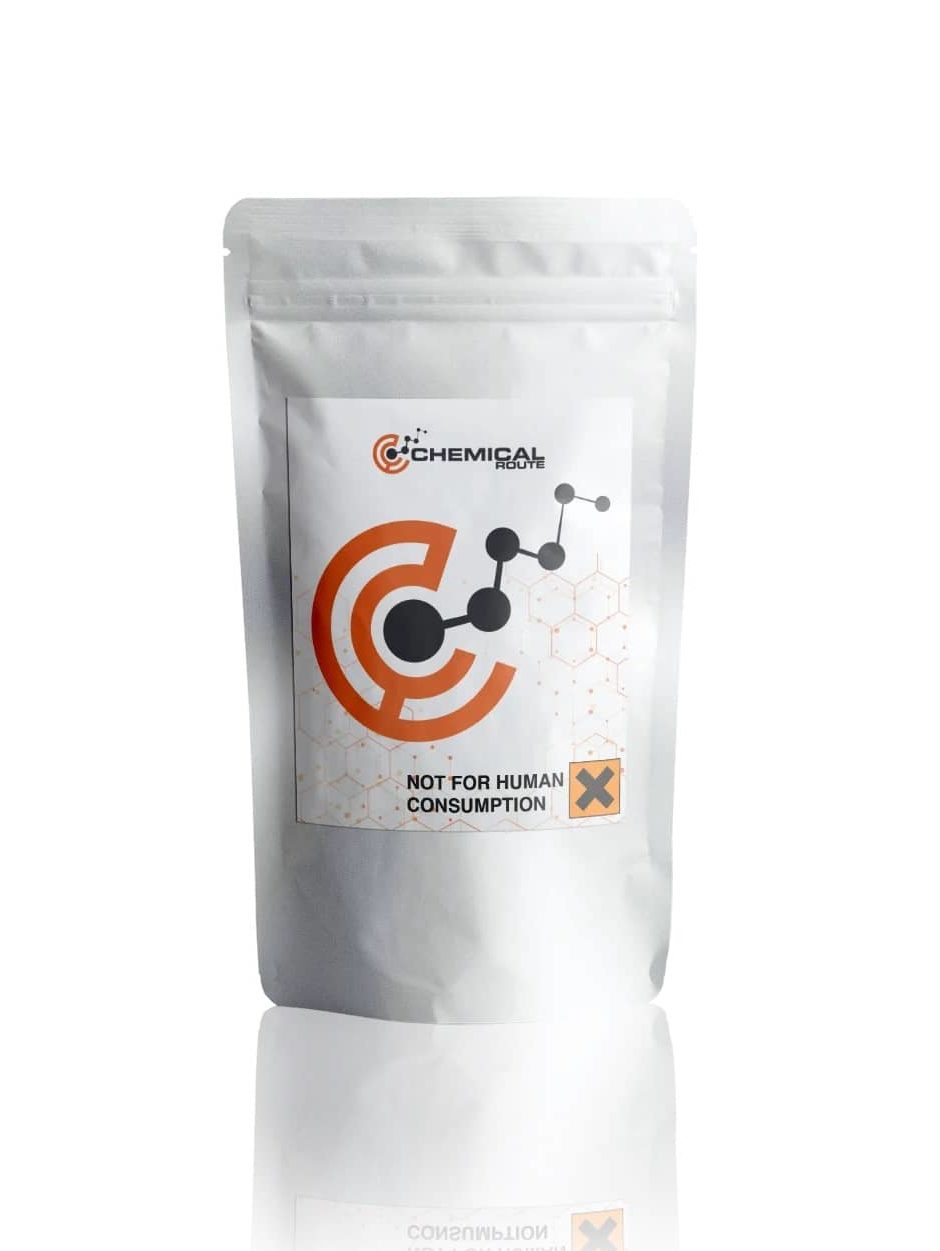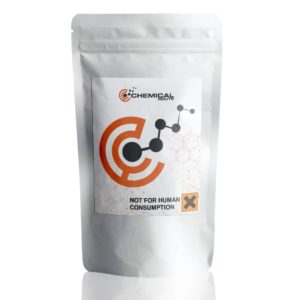Description
4-AcO-DiPT, 4-Acetoxy-DiPT, 4-acetoxy-N,N-diisopropyltryptamine, ipracetin
Product information
IUPAC-name 3-{2-[Di(propan-2-yl)amino]ethyl}-1H-indol-4-yl acetate
Synonyms 4-Acetoxy-DiPT, 4-acetoxy-N,N-diisopropyltryptamine, ipracetin
Formal name 3-{2-[Di(propan-2-yl)amino]ethyl}-1H-indol-4-yl acetate
Cas number 936015-60-0
Formula C18H26N2O2
Molar Mass 302.418 g·mol−1
Purity 99.0 % min.
Formulations A neat solid, Powder
Solubility
- DMF: 10 mg/ml
- DMSO: 16 mg/ml
- Ethanol: 20 mg/ml
- PBS (pH 7.2): 5 mg/ml
4-AcO-DiPT, 4-Acetoxy-DiPT, 4-acetoxy-N,N-diisopropyltryptamine, ipracetin
The substance commonly referred to as 4-Acetoxy-N, 4-Acetoxy-DiPT, Iprocetyl, and Ipraetin, is a synthetic form of tryptamine that produces a unique combination of stimulating and uplifting effects. It is also commonly used to treat anxiety and depression.
Early online reports described the substance as similar to other structurally-related tryptamines such as 4-AcO-DMT or psilocin. However, it has a distinct physical and libidinous signature that’s similar to that of psychedelic substances like 5-MeO-DiPT. It has since been reported that this substance is slightly longer-lasting and less potent than 4-HO-DiPT. The active dose of this substance is usually around 15 to 40 mg.
It’s believed that 4-AcO-DiPT can act as a prodrug to 4-HO-DiPT. In his book, Alexander Shulgin states that he doesn’t believe that there’s another psychedelic drug that can match the effects of 4-HO-DiPT. He also claims that there’s only one active substance that can do it.
According to some reports, the properties of 4-HO-DiPT are largely preserved even though it’s commonly used to produce excessive amounts of excitement and restlessness. These side effects are also lessened by the use of 4-AcO-DiPT.
Due to its recreational and entheogenic properties, 4-AcO-DiPT is rarely available for purchase on the market. Instead, it’s commonly used as a research chemical that’s only available online. This is an example of the early stages of a psychedelic research chemical movement that was explored following the discovery of its chemical properties in the journal TIHKAL.
There’s currently not enough data regarding the effects of 4-AcO-DiPT on the human body. It’s also advised to avoid using this substance due to its potential side effects.
Chemistry
Tryptamines are a class of indole alkaloid molecules that are commonly used in the production of various chemicals. The core structure of these compounds is composed of an indole heterocycle and an ethyl side chain. When substituted for the indole heterocycle, 4-ACO-DiPT is produced by taking advantage of the CH3COO functional group. It also has two diisopropyl chains that are bound to the amine RN of its base.
4-ACO-DiPT is structurally similar to DiPT and is produced by taking advantage of the conserved properties of both compounds. It also has two diisopropyl chains.
Pharmacology
The substance 4-AcO-DiPT is a partial agonist of 5-HT2A. It is believed that its effects are mainly due to the ability of this drug to interact with the receptor. However, other factors such as the interactions between other receptors are also involved in the psychedelic experience.
Although it is similar to the de-acetylated version of 4-AcO-DiPT, the effects of this drug are slightly different. It also has a slower onset of action.
Similar to the de-acetylated version of 4-AcO-DiPT, the compounds 4-AcO-DMT, 4-AcO-MET, and 4-AcO-DET all share the same core pharmacokinetic properties. It is believed that these compounds are mainly deacetylated before they exert their main effects. However, the exact manner and degree of this process has not been scientifically established.
The toxicological and physiological properties of this compound has not been analyzed. Usage of this Chemical should be for research and forensic purposes only.
WARNING This product is not for human or veterinary use.

This product is only available to persons of 21 years old and above.
Hazard statement(s)
| H302 | Harmful if swallowed |
| H315 | Causes skin irritation |
| H319 | Causes serious eye irritation |
| H332 | Harmful if inhaled |
| H335 | cause respiratory irritation |
| H336 | cause drowsiness or dizziness |
| Precautionary statement(s) | |
| P264 | Wash hands thoroughly after handling |
| P280 | protective gloves/protective clothing/eye protection/face protection |
| P305 + P351 + P338 | IF IN EYES: Rinse cautiously with for several minutes. Remove contact lenses, if present and easy to do. Continue rinsing. |
| P337 + P313 | If eye irritation persists: Get medical advice/attention |
| P261 | Avoid breathing dust/ fume/ gas/ mist/ vapors/ spray |
| P271 | Use only outdoors or in a well-ventilated area |
| P304 + P340 | IF INHALED: Remove victim to fresh air and keep at rest in a position comfortable for breathing |
| P312 | Call a POISON CENTER or doctor/physician if you feel unwell |
| P403 + P233 | Store in a well-ventilated place. Keep container tightly closed |
| P405 | Store locked up |
| P501 | Dispose of contents/container to a licensed disposal company |



Reviews
There are no reviews yet.